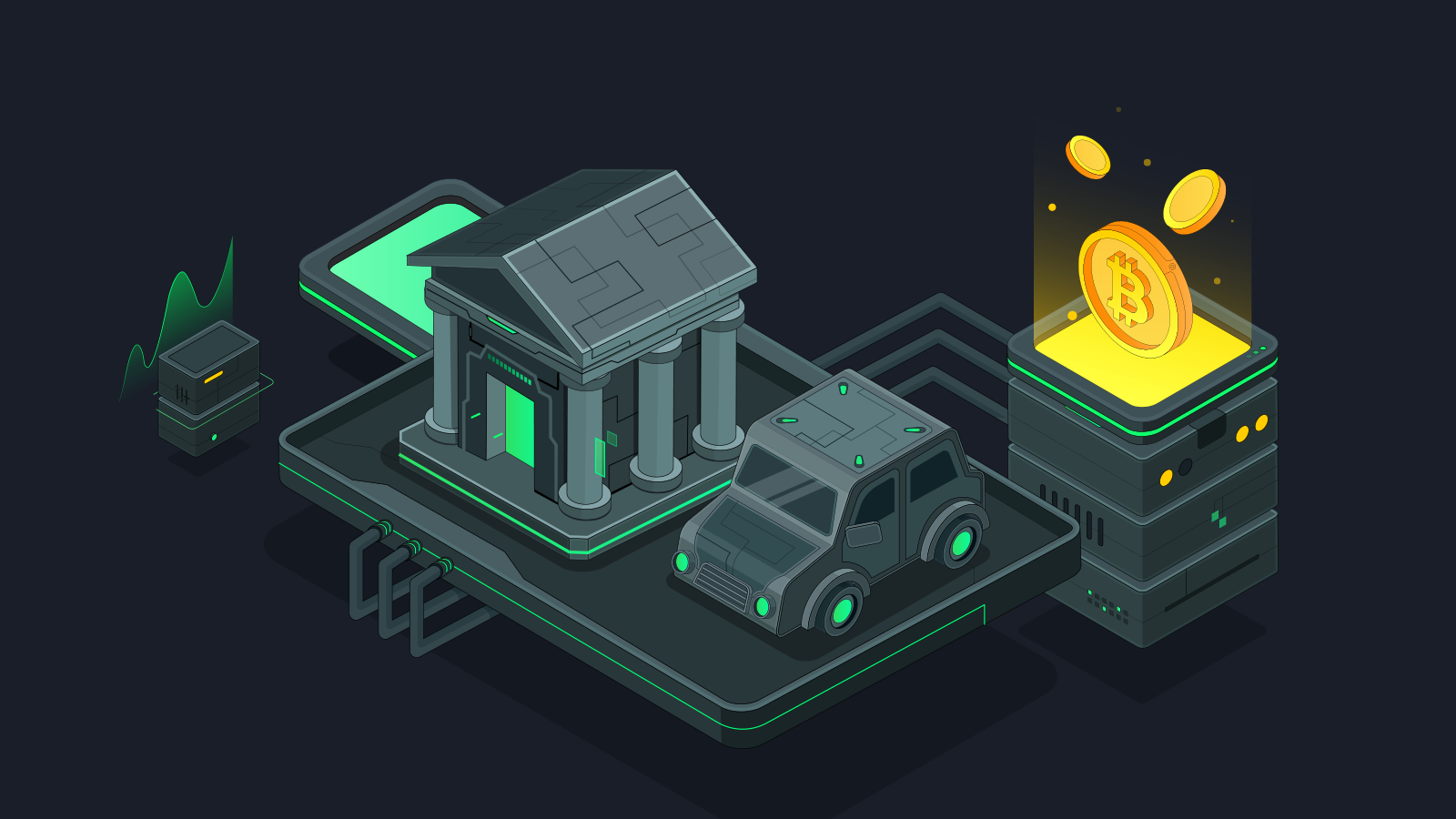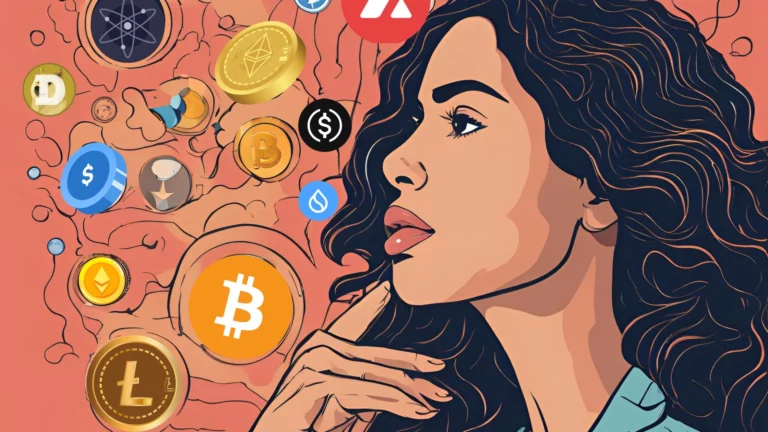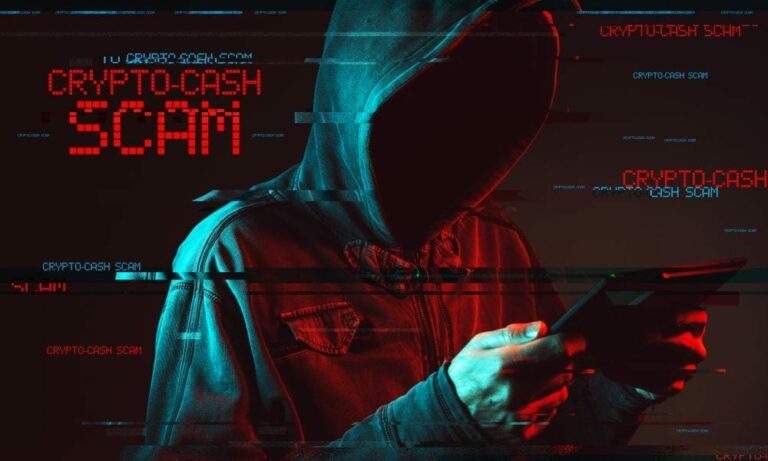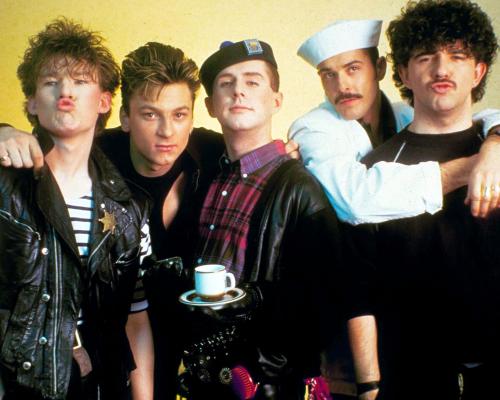
Real estate, art, company shares, even carbon credits—everything is being tokenized. In 2025, tokenization of real-world assets (RWAs) is one of the fastest-growing areas in blockchain. It promises to open global access to formerly illiquid or exclusive assets, increase efficiency, and transform entire industries.
But how does it actually work? And what does it mean for investors, businesses, and regulators?
What Is Tokenization?
Simple definition
Tokenization means representing ownership of a real-world asset with a digital token on a blockchain. This token acts like a certificate of ownership—secure, verifiable, and transferable.
You can tokenize:
- Real estate (apartments, buildings)
- Equity (shares in startups)
- Bonds and treasuries
- Luxury goods (watches, art, cars)
- Intellectual property rights
- Commodities (gold, oil)
Why it matters
Traditional asset transfers are slow, expensive, and opaque. Tokenization enables:
- Fractional ownership
- 24/7 trading
- Automated compliance via smart contracts
- Global liquidity
- Lower entry costs for retail investors
In short: it changes who can invest, when, and how.
Examples in Action (2025)
Real estate
Platforms like RealT or Brickken tokenize properties and allow users to buy small shares, earn rental income, and resell their tokens on secondary markets.
Instead of needing $100,000 to invest in real estate, you can start with $100.
Bonds and treasuries
US Treasury-backed stablecoins (like those offered by Franklin Templeton or Ondo Finance) tokenize government debt instruments, making them accessible globally and tradable 24/7.
Institutions can hold tokenized treasuries with better yield, better access, and faster settlement.
Fine art & collectibles
Startups like Freeport and Particle let users buy shares in tokenized artworks (think Banksy, Picasso). These tokens grant rights to profits, governance, or resale participation.
It’s democratizing access to luxury assets.
Private equity
Tokenized shares in startups or funds allow smaller investors to participate in early-stage growth—previously reserved for VCs and accredited investors.
KYC rules are embedded in the smart contracts, ensuring compliance.
Benefits for Investors
Lower barriers
Instead of needing large capital to access top-tier assets, tokenization allows you to start small and build a diversified portfolio.
Instant settlement
No waiting days for trades to clear. Token transactions happen in minutes, without intermediaries.
Global market access
An investor in Kenya can buy into U.S. real estate or Japanese bonds with just a phone and stablecoins.
Liquidity for traditionally illiquid assets
Want to exit a real estate investment before 10 years? Sell your tokens on a secondary market. This flexibility is game-changing.
Benefits for Businesses
New fundraising models
Companies can issue tokenized equity or debt directly to their community, skipping some middlemen and tapping into a global capital base.
Better cap table management
Smart contracts can automate voting, dividends, and compliance—all recorded transparently on-chain.
Increased trust
Blockchain records are immutable. Investors can verify cap tables, audits, and fund flows in real-time.
Legal and Regulatory Landscape
Who controls the asset?
Ownership rights still rely on local laws. A token is just proof—it needs to be tied legally to the real-world asset via contracts, custodians, or registries.
Many jurisdictions now recognize tokenized securities and real estate, but global harmonization is still a work in progress.
AML and KYC
Most RWA platforms require identity checks and compliance before users can trade. Unlike DeFi, RWA tokenization blends blockchain tech with regulated finance (TradFi).
Taxation and reporting
Governments are catching up. In many regions, selling tokenized assets is now taxable just like traditional investments—especially when tied to revenue-generating assets.
Key Platforms Leading the Space
- RealT – tokenized U.S. real estate, with rental payouts in stablecoins
- Ondo Finance – tokenized bonds and yield products
- Securitize – full-stack token issuance and compliance
- Backed – tokenized ETFs and real-world funds
- tZERO – SEC-regulated security token marketplace
More platforms are emerging weekly.
Risks and Challenges
Legal gray zones
If a platform collapses or is hacked, who owns the real-world asset? How enforceable is a smart contract in court?
Custodial dependency
Most tokenized assets still require centralized custody—by banks, real estate firms, or legal entities. True decentralization is limited.
Liquidity is not guaranteed
Just because an asset is tokenized doesn’t mean buyers are available. Some tokens might be hard to resell, especially in niche markets.
Tech risks
Smart contracts can have bugs. Wallets can be lost. And platforms can face outages or regulatory shutdowns.
The Future of RWA Tokenization
- Banks and governments are entering – Central banks are testing tokenized bonds. JPMorgan launched tokenized money market funds.
- Commodities and carbon markets – Gold, oil, and environmental credits are being tokenized for cross-border trade.
- Hybrid products – Combining yield, governance, and collateral via smart contracts.
Tokenization is no longer just a DeFi experiment—it’s a pillar of global financial innovation.
Final Takeaway
RWA tokenization is one of crypto’s most promising real-world applications. In 2025, it’s already disrupting real estate, bonds, art, and private equity. For investors, it means access. For businesses, it means capital. For regulators, it’s a new frontier.
Those who understand it early may have the clearest edge in the next phase of digital finance.







